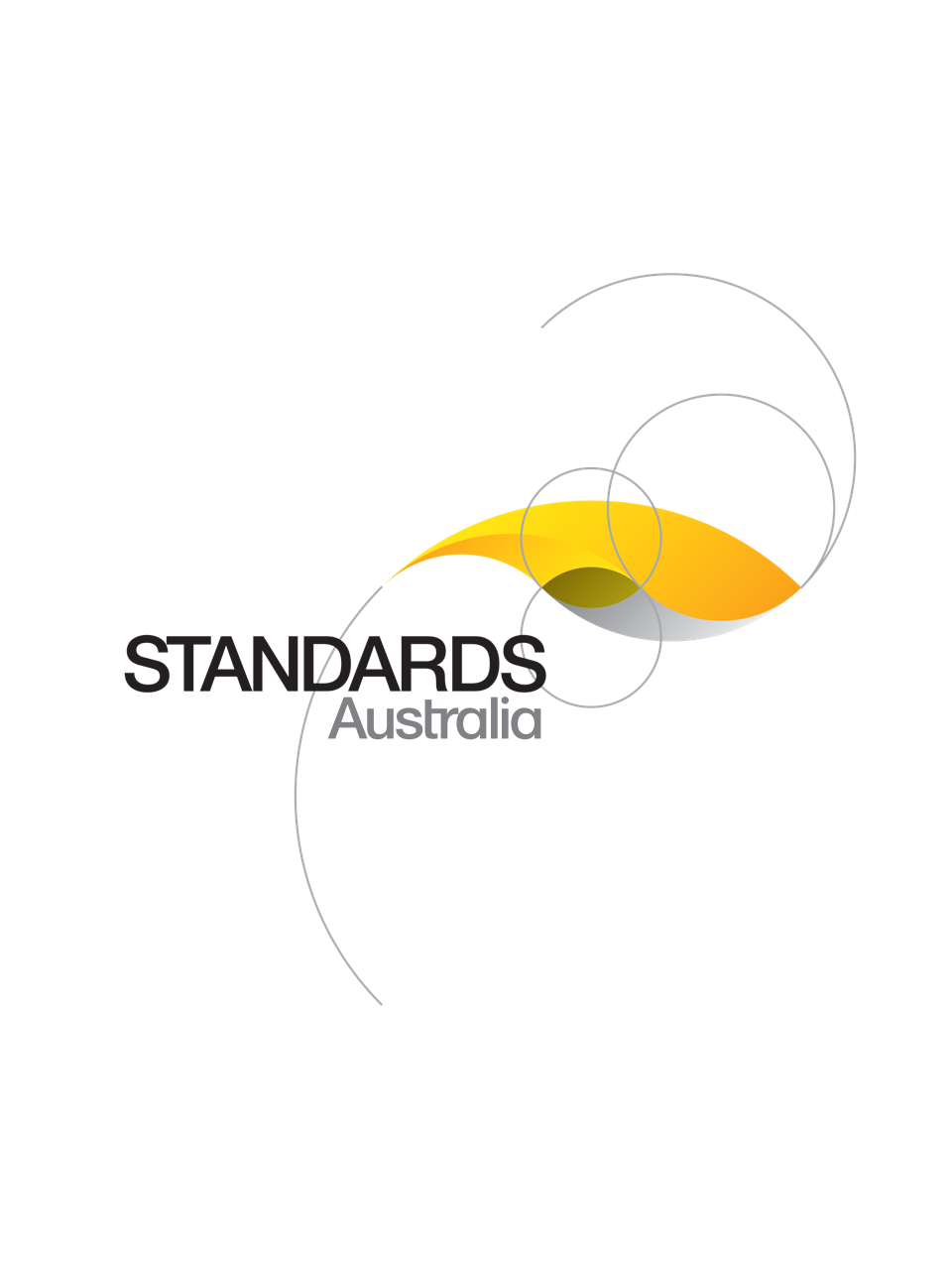Standard
Track updates
AS ISO 59004:2024
[Current]Circular economy - Vocabulary, principles and guidance for implementation
AS ISO 59004:2024 identically adopts ISO 59004:2024, which defines key terms, establishes a vision and principles for a circular economy, and gives guidance, including possible actions, for an organization to implement
Published: 30/08/2024
Pages: 59
Table of contents
Cited references
Content history
Table of contents
Header
About this publication
Preface
Foreword
Introduction
1 Scope
2 Normative references
3 Terms and definitions
3.1 Terms related to a circular economy
3.2 Terms related to solutions
3.3 Terms related to resources
3.4 Terms related to organizations and other interested parties
3.5 Terms related to value creation models and design and development
3.6 Terms related to measurement and assessment
4 Circular economy vision
5 Circular economy principles
5.1 General
5.2 Principles
5.2.1 Systems thinking
5.2.2 Value creation
5.2.3 Value sharing
5.2.4 Resource stewardship
5.2.5 Resource traceability
5.2.6 Ecosystem resilience
5.3 Considerations of adopting the principles
5.3.1 General
5.3.2 Design and development
5.3.3 Collaboration for management of information and resources
5.3.4 Risk and opportunity management
5.3.5 Relationship between value creation and resource use
5.3.6 Awareness of stocks and flows
6 Actions that contribute to a circular economy
6.1 General
6.2 Actions that create added value
6.2.1 General
6.2.2 Design for circularity
6.2.3 Circular sourcing
6.2.4 Circular procurement
6.2.5 Process optimization
6.2.6 Industrial, regional or urban symbiosis
6.3 Actions that contribute to value retention
6.3.1 General
6.3.2 Reduce, reuse and repurpose
6.3.3 Maintenance and repair
6.3.4 Performance-based approaches
6.3.5 Sharing to intensify use
6.3.6 Refurbishing
6.3.7 Remanufacturing
6.4 Actions that contribute to value recovery
6.4.1 General
6.4.2 Reverse logistics
6.4.3 Cascading of resources
6.4.3.1 General
6.4.3.2 Cascading in technical cycles
6.4.3.3 Cascading of biobased resources
6.4.4 Recycling
6.4.5 Waste management
6.4.6 Material recovery
6.4.7 Energy recovery
6.5 Actions to regenerate ecosystems
6.6 Actions to support a circular economy transition
6.6.1 General
6.6.2 Education and research
6.6.3 Innovation
6.6.4 Collaboration and networks
6.6.5 Helping users change their behaviour
6.6.6 Policy and legal system
6.6.7 Financial services
6.6.8 Digitalization
6.7 Guidance for resource management actions
7 Implementation guidance
7.1 Overview
7.1.1 Implementation process
7.1.2 Incorporating circular economy principles in the implementation process
7.1.3 Levels of implementation
7.1.4 Structure of the guidance for implementation
7.2 Context and reference situation assessment
7.2.1 Overview
7.2.2 Assess the reference situation
7.2.3 Assess the importance of a circular economy for the organization
7.2.4 Assess the system conditions for transitioning towards a circular economy
7.2.5 Identify the risks and opportunities of a circular economy for the organization
7.3 Circular economy purpose, mission, vision and goals definition
7.3.1 Create a purpose, mission and a vision that align with the circular economy principles
7.3.2 Establish circular economy goals aligned with the organization’s purpose, mission and vision
7.4 Circular economy strategic priorities and action plan development
7.4.1 Overview
7.4.2 Generate ideas and prioritize actions
7.4.3 Establish a circular economy strategy
7.4.4 Explore a value creation model
7.4.5 Assess feasibility
7.4.6 Develop an action plan for the circular economy
7.4.7 Develop pilot projects
7.5 Circular economy implementation
7.5.1 Overview
7.5.2 Raise awareness and build capacity for action
7.5.3 Test and iterate value creation model(s)
7.5.4 Execute the action plan for a circular economy
7.6 Circular economy monitoring, reviewing and reporting
Annex A
A.1 Overview
A.2 Drivers
A.2.1 Sustainable use of resources
A.2.2 Compliance with voluntary commitments or legal requirements
A.2.3 Mitigation and adaptation to climate change
A.2.4 Satisfaction of basic human needs
A.2.5 Improved interested party relations
A.2.6 Development and improvement of solutions
A.2.7 Increasing resilience
Annex B
B.1 Overview
B.2 Examples of actions that create added value
B.3 Examples of actions that contribute to value retention
B.4 Examples of actions that contribute to value recovery
B.5 Examples of actions to support a circular economy transition
B.6 Illustrated tabulated example of possible interlinkages between actions
Annex C
C.1 General
C.2 Actions that create added value (see 6.2)
C.2.1 Design for circularity
C.2.2 Circular sourcing
C.2.3 Circular procurement
C.2.4 Process optimization
C.2.5 Industrial, regional or urban symbiosis
C.3 Actions that contribute to value retention (see 6.3)
C.3.1 General
C.3.2 Reduce, reuse and repurpose
C.3.3 Maintenance and repair
C.3.4 Performance-based approaches
C.3.5 Sharing to intensify use
C.3.6 Refurbishing
C.3.7 Remanufacturing
C.4 Actions that contribute to value recovery (see 6.4)
C.4.1 General
C.4.2 Reverse logistics
C.4.3 Cascading of materials
C.4.4 Recycling
C.4.5 Waste management
C.5 Actions to regenerate ecosystems (see 6.5)
C.6 Actions to support a circular economy transition (see 6.6)
C.6.1 General
C.6.2 Education and research
C.6.3 Innovation
C.6.4 Collaboration and networks
C.6.5 Helping users change their behaviour
C.6.6 Policy and legal system
C.6.7 Financial services
Bibliography
Index
Cited references in this standard
